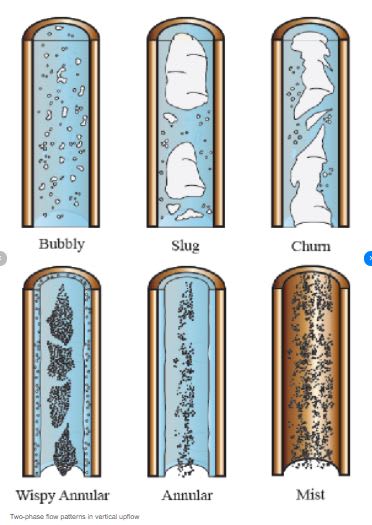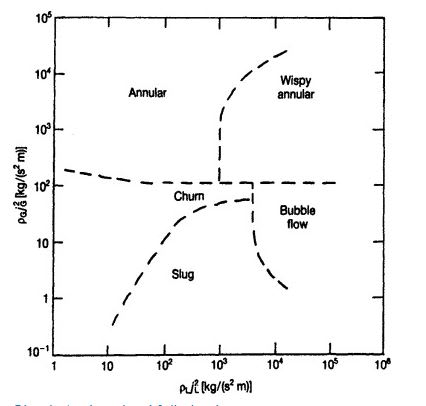Youcef-OilGas
Petroleum
Dear all,
In our LPG plant, Process Gas at 95bars , 12°C @ inlet of Expander will have -41°C , 22bars @ the Oultlet of Expander and becoming Mixture Liq & Gas. However; this mixture goes through piping routed upward vertically to 15m from Expander centerline to the Vessel.
In other hand, engineering point of view, we always make slope downward to the Vessels.
Please can anyone explain to me, why the liquid in this configuration will not backflow towards the Expander.
Regards
In our LPG plant, Process Gas at 95bars , 12°C @ inlet of Expander will have -41°C , 22bars @ the Oultlet of Expander and becoming Mixture Liq & Gas. However; this mixture goes through piping routed upward vertically to 15m from Expander centerline to the Vessel.
In other hand, engineering point of view, we always make slope downward to the Vessels.
Please can anyone explain to me, why the liquid in this configuration will not backflow towards the Expander.
Regards


